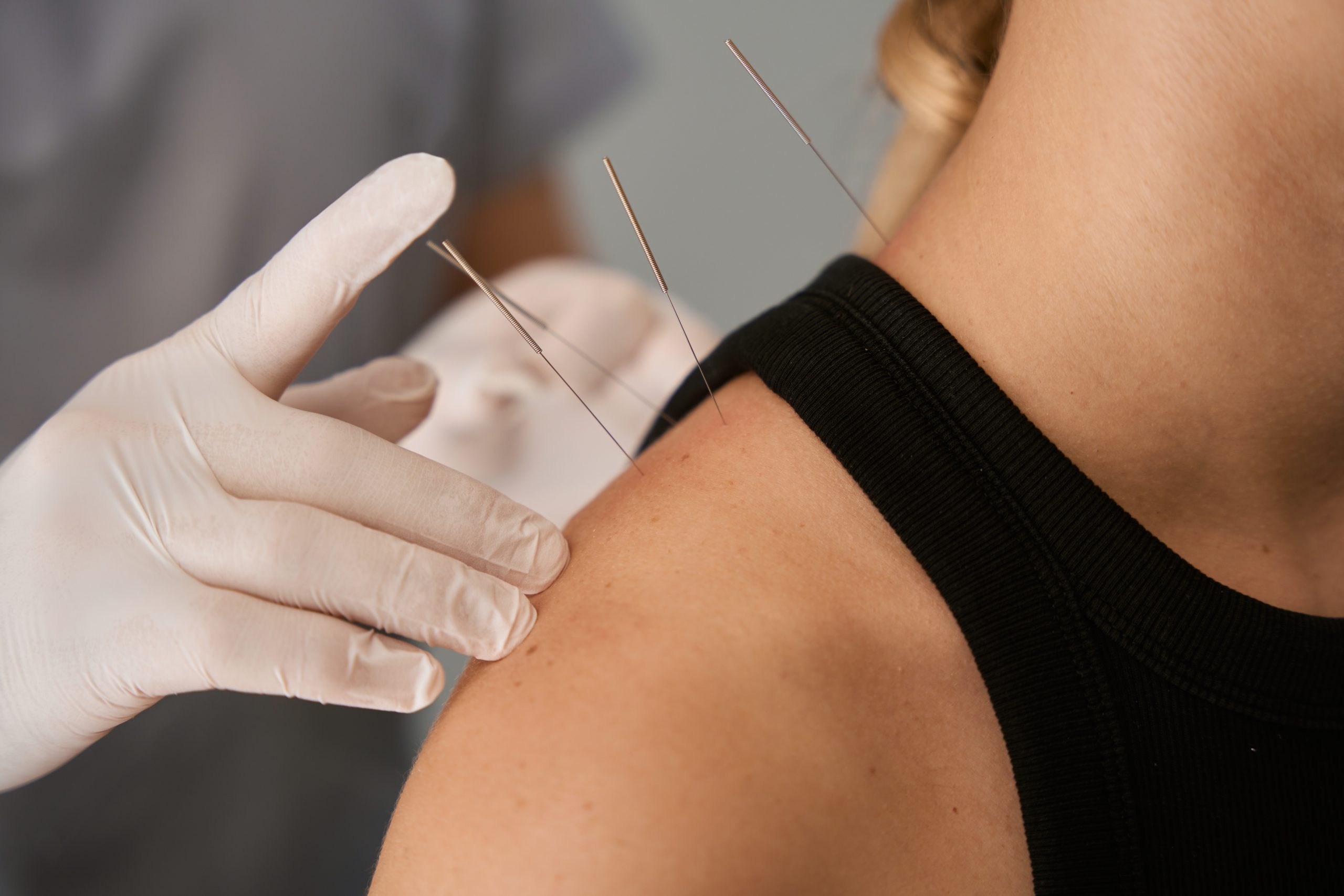About 15% of consumers in the United States eat fermented foods to improve their digestive or gut health.
It’s known that foods with a long shelf life are usually filled with dangerous additives and preservatives that may not be good for your health. However, there are some long-lived foods that provide great health benefits due to the fermenting process. Fermented foods such as yogurt and kombucha are preserved using aged-old techniques. Microorganisms found in these products converts carbohydrates into alcohol or acids. The alcohol or acids are the natural preservatives that ferment foods and gives them their umami flavor and long life. Fermentation also activates the growth of beneficial bacteria, called probiotics.

Health Benefits
Fermented foods offer a wide range of health benefits compared to their unfermented form. Some of these health benefits include a restored digestion system, a boost to your immunity, improved mental and heart health, and weight loss.

Digestive System – Probiotics aid in restoring the bacteria in your gut, stimulating the growth of beneficial ones that will reduce digestive problems such as irritable bowel syndrome, bloating, and constipation.
Immune System – Gut health plays a heavy role in the strength of the immune system. Fermented foods can promote medicinal compounds through the great number of microorganisms they contain and protect the gastrointestinal tract from pathogens, excess gastric acid, and bile salts. Therefore, bad gut health increases inflammation and reduces the number of white blood cells, while a well-balanced gut can boost immunity and decrease infections.
Mental Health – Although the knowledge of the gut-brain connection is in its infancy, it is well-known by researchers that bacteria in the gut send signals to the nerves that are directed to the brain. Eating fermented foods releases beneficial bacteria to your gut and creates neurotransmitters that help to improve mood. Cognitive performance is enhanced as probiotics influence the gut-brain connection.
Weight Management – Obesity is associated with dysbiosis, which is an imbalance of microflora in the gut. As mentioned before, fermented foods promote healthier bacteria, which leads to greater weight loss as it regulates the intestinal microbiome, obstructs inflammatory responses, and reduces appetite hormones that leads to excessive eating.
Heart Health – A diversity of gut microbiome has been shown to lower blood pressure and improve cholesterol, decreasing the risk for heart disease. In a study published in the Journal of Nutritional Biochemistry, kefir given to mice caused a reduction in weight gain and lower low-density lipoprotein (LDL) cholesterol levels compared to mice who consumed milk. The probiotic strain of lactobacillus found in many fermented foods contributed to the diminution of cholesterol levels.

Fermented Food Recipes You Can Try at Home
Many cultures throughout the world and for generations have developed their own fermented foods. Sauerkraut is one of those dishes that has been consumed by many cultures for over thousands of years. The recipe below is based on James Beard Award-Winning Chef and Everyone’s Table cookbook author, Gregory Gourdet.
Sauerkraut – A perfect topping and condiment for salads, sandwiches, and red meat
What you’ll need:
- 3¾ pounds green cabbage, wilted outer leaves removed, rinsed
- 2 tablespoons caraway seeds (optional)
- 2 tablespoon kosher salt
Directions:
- Cut the cabbage into four quarters, then cut each piece into thin slices. Combine the cabbage, caraway seeds, and salt in a large bowl, and mix well to create a brine. Spend about 2-3 minutes squeezing and massaging the cabbage with your hands until the cabbage turns bright green and is limp. Let this sit for 20 minutes.
- Transfer cabbage and juices to a clean 2-quart glass jar. Firmly press cabbage, forcing it down as much as possible. Cover the jar loosely to allow carbon dioxide to escape during fermentation. Keep jar in warm temperature out of direct sunlight for 14 to 28 days. Once its fermented, close tightly and store in fridge for up to a year.

Tips to Keep in Mind
Not all fermented foods are created equal. If you are seeking certain health benefits, it’s best to do some research to find what fermented foods might be beneficial to your needs. Also, the handling of fermented foods is very important as the way some are prepared and stored can lead to spoilage. Make sure to follow recipe directions thoroughly to prevent mold and harmful bacteria from growing. Once you find the best fermented foods that fit into your lifestyle, the daily benefits it brings will lead to satisfaction.
Sources:
- https://adc.bmj.com/content/early/2024/02/29/archdischild-2023-326565
- https://www.health.harvard.edu/staying-healthy/fermented-foods-can-add-depth-to-your-diet
- https://www.healthline.com/nutrition/fermentation#benefits
- https://newsroom.clevelandclinic.org/2024/03/15/benefits-of-fermented-food-for-your-mental-health
- https://www.medicalnewstoday.com/articles/eating-more-fermented-foods-help-improve-mental-health-gut-microbiome#Why-more-studies-are-needed
- https://www.ncbi.nlm.nih.gov/pmc/articles/PMC9916812/
- https://pubmed.ncbi.nlm.nih.gov/28384519/
- https://www.sciencedirect.com/science/article/abs/pii/S0955286316305952?via%3Dihub







































